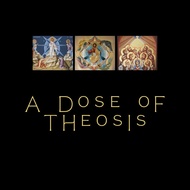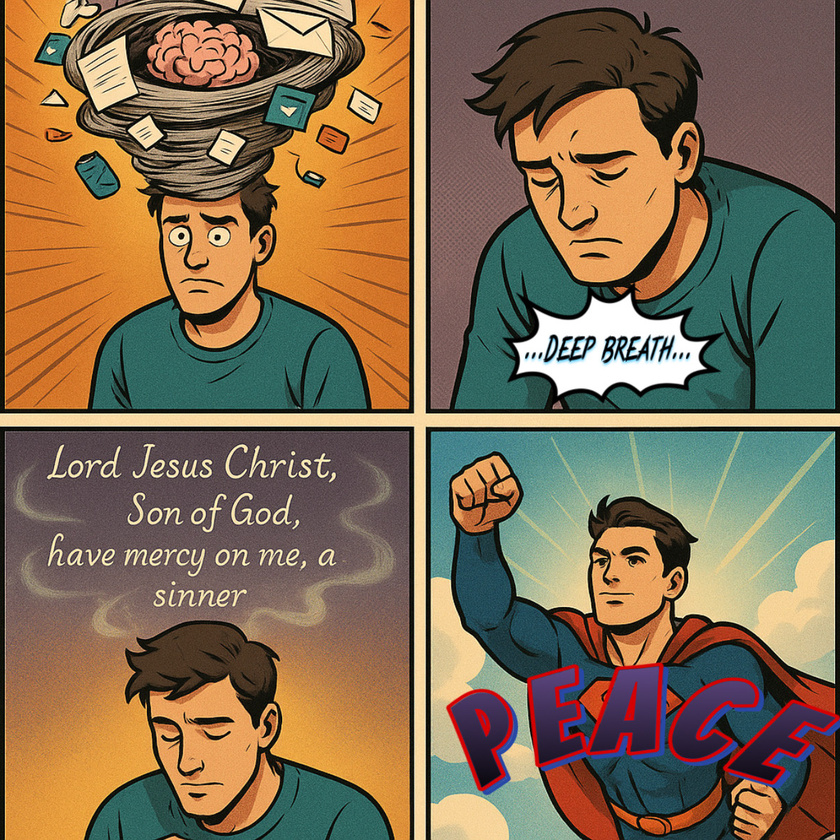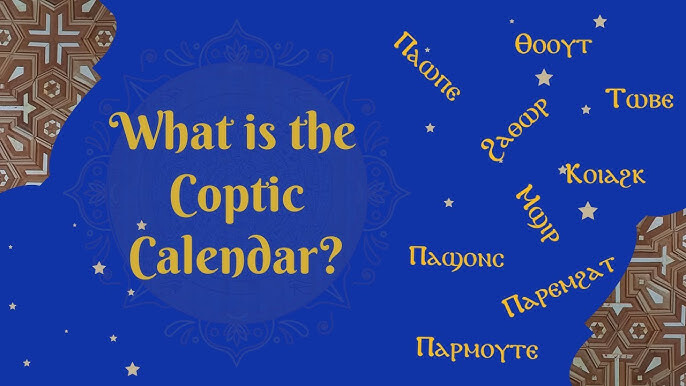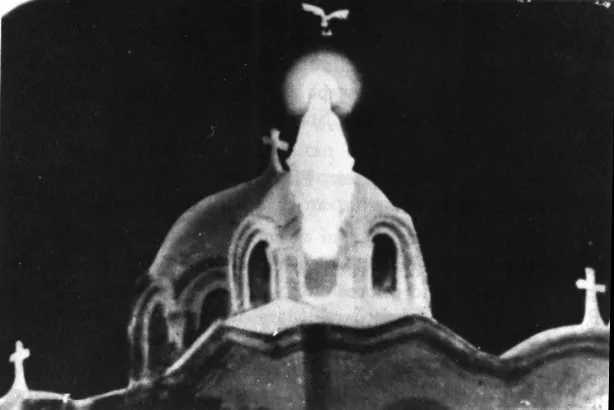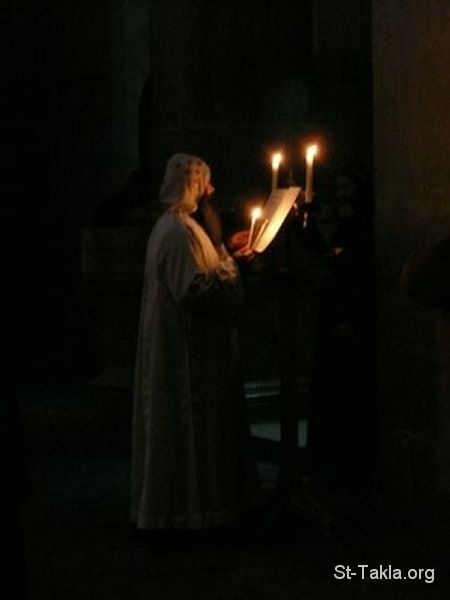The Coptic calendar is one of the oldest systems still in use today, carrying thousands of years of history and tradition. Rooted in ancient Egyptian timekeeping, it’s been adapted by the Coptic Orthodox Church to mark liturgical seasons, feast days, and the commemoration of saints. Known as the Anno Martyrum (A.M.) calendar, or “Year of the Martyrs,” it’s a unique blend of Egypt’s ancient heritage and the Christian faith, reflecting the Coptic Church’s deep respect for both time and sacrifice.
Origins of the Coptic Calendar: Ancient Egyptian Roots
The origins of the Coptic calendar trace back to the ancient Egyptian civil calendar, which was one of the earliest systems developed to organize time. This calendar, known as the Egyptian solar calendar, was based on a 365-day year, divided into three agricultural seasons: Akhet (the inundation or flood season), Peret (the planting season), and Shemu (the harvest season). Each season had four months, making a total of twelve 30-day months. At the end of the year, five additional “epagomenal” days were added to reach 365 days.
The transition from this ancient Egyptian calendar to the Coptic calendar came about as Christianity spread throughout Egypt. In the year 284 AD, the Copts adopted this calendar system and transformed it into what’s now known as the Anno Martyrum calendar to honor the memory of martyrs persecuted under Emperor Diocletian, whose reign is remembered for its severe persecution of Christians. The year 284 was chosen as the beginning of the Coptic calendar, marking the start of a time that would see thousands of Christians martyred for their faith.
Structure of the Coptic Calendar: Months and Seasons
The Coptic calendar remains quite similar to its ancient Egyptian predecessor, with a few additions for liturgical purposes:
Months: The calendar year is divided into 12 months, each containing exactly 30 days, followed by a “small month” known as Pi Kogi Enavot (or the “Little Month”), which has five days in a common year and six days in a leap year.
Names of the Months: Each month has its own name derived from ancient Egyptian, reflecting the agricultural rhythms of the Nile Valley:
- Thout
- Paopi
- Hathor
- Kiahk
- Tobe
- Meshir
- Paremhat
- Paremoude
- Pashons
- Paoni
- Epip
- Mesori
The names reflect the agricultural and seasonal nature of the calendar, linking each month to the ancient Egyptian way of life.
- The Little Month: At the end of Mesori, there are five or six additional days, known as the “Little Month.” In leap years, it’s extended to six days, aligning the calendar to the solar year.
Liturgical Seasons in the Coptic Calendar
The Coptic calendar is foundational for the liturgical life of the Coptic Orthodox Church, guiding the dates of fasts, feasts, and commemorations. Some of the key liturgical seasons include:
The Season of Advent (Nativity Fast): This fast begins on the 16th of Hathor and continues until the Feast of the Nativity on the 29th of Kiahk (January 7th in the Gregorian calendar). The fast spans 43 days, calling the faithful to a period of preparation and spiritual reflection before Christmas.
The Season of Great Lent: The dates for Lent vary each year, but the season traditionally falls around the month of Meshir, leading up to the Feast of the Resurrection, or Easter.
Kiahk: Known as the “Month of Praise,” Kiahk is dedicated to preparations for the birth of Christ. Churches hold special services featuring hymns, praises, and the unique melodies of the Coptic heritage, inviting the faithful into a deeper sense of anticipation for the Nativity.
Holy Week (Pascha): Holy Week, or Pascha, is the most sacred time of the year in the Coptic Church. The dates are determined by the Coptic calendar and fall near the months of Paremhat or Paremoude. It’s a week of intense fasting, prayer, and reflection on the events of Christ’s Passion, culminating in the celebration of the Resurrection.
The Fast of the Apostles: This fast honors the early apostles of the Church, beginning the day after Pentecost (the Feast of the Descent of the Holy Spirit) and lasting until the Feast of St. Peter and St. Paul on the 5th of Epip.
Major Feasts and Commemorations
The Coptic calendar is punctuated with major feasts, some of which align with the broader Christian calendar, while others are unique to the Coptic tradition:
The Feast of Nayrouz: This is the Coptic New Year, celebrated on the first day of Thout (around September 11 or 12 in the Gregorian calendar). The Feast of Nayrouz is not only the start of the Coptic year but also a commemoration of the martyrs who gave their lives for their faith, especially during the era of Diocletian. It’s a day of both celebration and solemn remembrance.
Feast of the Nativity: Celebrated on 29 Kiahk, the Coptic Christmas on January 7th, this feast marks the birth of Jesus Christ. Copts prepare with fasting, special prayers, and a midnight liturgy to celebrate the Incarnation.
The Feast of the Resurrection (Easter): Celebrated after the 55-day Great Lent, Easter is the highest feast in the Coptic calendar, commemorating Christ’s victory over death and the hope of salvation for all humanity.
The Feast of the Cross: Celebrated twice a year—on the 17th of Thout and again on the 10th of Paremhat—the Feast of the Cross honors the discovery of the true cross by St. Helena. The cross holds a place of special significance in Coptic spirituality, seen as the ultimate symbol of Christ’s sacrifice and love.
Spiritual Significance of the Coptic Calendar
The Coptic calendar is more than a timekeeping tool; it’s a rhythm of spiritual life. The calendar’s liturgical seasons and feast days help believers journey through the life of Christ, the saints, and the Church’s rich heritage. The saints are honored throughout the year on their feast days, allowing Coptic Christians to connect with those who came before them, especially those who lived and died for their faith.
By structuring life around fasting, feasting, and commemoration, the Coptic calendar fosters a sense of timelessness, anchoring believers in the past, present, and future of their faith. Each day is marked by a saint or event, a reminder that each moment holds a connection to something larger than oneself.
Conclusion: A Timeless Tradition
The Coptic calendar is a testament to the resilience and devotion of the Coptic Orthodox Church. By following the rhythms of this ancient calendar, Copts connect with a tradition that goes back millennia, linking their faith to the legacy of their ancestors and honoring the memory of those who sacrificed for their beliefs. This calendar, grounded in ancient Egypt but redefined by Christian faith, is a profound reminder of God’s presence throughout history and an invitation to live each day with faith, discipline, and gratitude.

